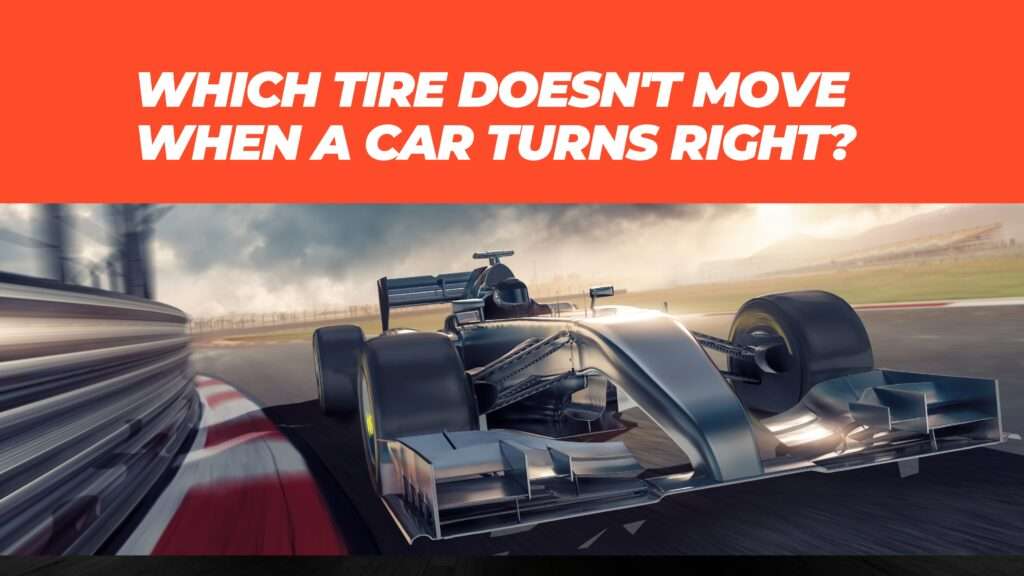Engines are complex systems comprising various components working harmoniously to generate power. Among these components, lubrication is vital in ensuring smooth operation and longevity. Understanding which engine component stores oil for lubrication is crucial for optimal engine performance.
What is the purpose of oil in the lubrication system
There are a lot of parts rubbing against parts such as cylinders and pistons. If you continue to move it as it is, movement gets worse because of frictional heat. In the worst case, the parts get burned.
To prevent this, the engine has a device to supply lubricating oil (engine oil) to the contact surface of the metal, circulate oil to make a film of oil, it reduce friction, and keep movement smoothly. This is called a lubrication device.
Understanding which engine component stores oil for lubrication

The flow of engine oil
When the engine starts, the oil pump pumps oil accumulated in the oil pan to each part of the engine. As shown in the figure, the oil strainer removes a large dust from the oil and further fine dust and metal powder are removed by an oil filter, then it is sent to each part of the engine such as the crankshaft, piston, cylinder, camshaft. The oil lubricating each part
1) falls naturally from the oil return hole
2) returns to the oil pan and
3) is circulated again.
What is the purpose of storing oil?
Engine oil serves multiple purposes, including lubricating moving parts, cooling components, sealing gaps, and removing contaminants. Storing oil within specific components ensures a constant supply for lubrication and cooling.
What stores oil for lubrication
Several engine components are dedicated to storing oil, ensuring it is readily available for lubrication. These components include the oil pan, oil filter, oil strainer, oil pump, valve train, crankshaft, and piston rings.
(Learn how much oil your car needs.)
Oil filter

It filters fine dust and metal powder that an oil strainer cannot remove.
In addition to removing solid particles, some oil filters also help maintain the quality of the oil by removing water, acids, and other harmful substances that can degrade oil over time. This helps prolong the useful life of the oil and ensures that it remains effective in lubricating and protecting the engine.
Oil lubrication pump

The oil pump is a vital component of an engine’s lubrication system, responsible for circulating engine oil to lubricate and cool various moving parts.
The pressurized oil is distributed through a network of oil passages or galleries to various engine parts, including the crankshaft bearings, camshaft bearings, piston rings, and valve trains. Proper lubrication ensures reduced friction, heat dissipation, and wear prevention, thereby optimizing engine performance and longevity.
Oil strainer

The oil strainer, sometimes referred to as the oil pickup tube or oil screen, is a component located inside the oil pan. Its primary function is to filter out large contaminants from the engine oil before it enters the oil pump and lubrication system.
Oil pan

The oil pan, also known as the oil sump, is a reservoir located at the bottom of the engine that stores engine oil between lubrication cycles.
The oil pan serves as a storage container for engine oil, collecting oil that has drained down from various engine components. It ensures a continuous supply of oil for the oil pump to draw from during engine operation.
In addition to storing oil, the oil pan also provides structural support to the engine block and helps maintain rigidity and stability. It is typically made of steel or aluminum and is bolted securely to the bottom of the engine.
( Avoid These Mistakes When Buying a New Car )
Crankshaft

As the pistons move up and down within the cylinders during the engine’s combustion cycle, the crankshaft converts this linear motion into rotational motion, which drives the transmission and ultimately the wheels of the vehicle.
Additionally, the crankshaft contains journals and bearings that store engine oil. This oil lubricates the moving parts of the crankshaft, reducing friction and wear, thus contributing to the engine’s longevity and efficiency.
Piston rings

Piston rings create a tight seal between the piston and the cylinder wall, preventing combustion gases from escaping into the crankcase below. This seal ensures optimal compression within the combustion chamber, promoting efficient fuel combustion and engine performance.
Piston rings also play a crucial role in controlling the distribution of engine oil within the cylinder. They help prevent excessive oil from entering the combustion chamber, where it could lead to incomplete combustion and increased emissions.
In summary, knowing which engine component stores oil for lubrication is important for making sure the engine runs well for a long time. Engine oil does many jobs like helping parts move smoothly, keeping things cool, sealing gaps, and cleaning out dirt. Different engine parts work together to make sure oil gets where it needs to go.
The oil pump is like the heart of the system, pushing oil around the engine. It gets help from the oil strainer, which catches big pieces of dirt before the oil moves on. but mainly Engine oil pan stores oil for lubrication and holds extra oil for when the engine needs it, and it also helps keep the engine strong.
Other important parts are the crankshaft and piston rings. The crankshaft turns motion into power and has spaces to hold oil for lubrication. The piston rings stop oil from getting into places it shouldn’t be and make sure it goes where it’s needed.
By understanding how these parts work together, people can take better care of their engines and make them last longer, running smoothly for miles to come. Hope you understand which engine component stores oil for lubrication.




